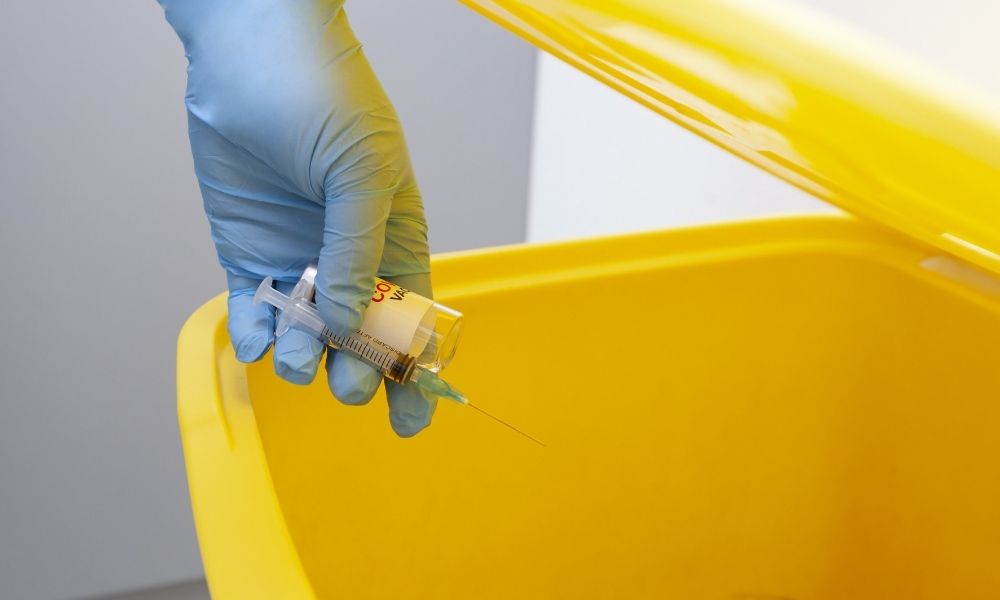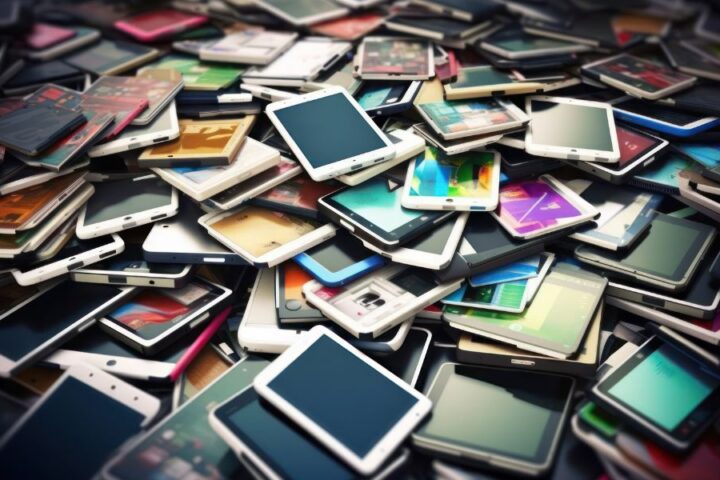Medical professionals need effective, precise, and safe tools to perform their roles each day. That’s why part of the healthcare industry is dedicated to designing and manufacturing effective medical devices. These products come in all shapes, sizes, and forms. Disposable medical devices in particular offer safe and sterile solutions for medical professionals, but they also create environmental challenges for healthcare facilities. Discover more about the pros and cons of disposable medical devices with this guide.
Pro: Guaranteed Sanitation
Disposable medical devices are also known as single-use devices because professionals open them, use them once, and then discard them. This is a great way to guarantee sanitation and sterility in a healthcare environment. This is particularly useful for small tools and quick jobs—like giving someone a shot. The sterile packaging ensures that the instrument is clean and ready to use as soon as a healthcare professional opens it. When the job is done, the instrument goes in the trash without contaminating other patients, surfaces, or devices. This greatly reduces the risk of infection and helps keep patients safe and healthy.
Pro: Minimize Cleaning and Maintenance Efforts
When professionals use disposable devices, they don’t have to spend time cleaning instruments before using them. This saves healthcare facilities both time and money on cleaning efforts. Even better, using harsh cleaning chemicals less often means fewer toxic fumes, VOCs, and other harmful emissions in the air.
Con: Sustainability and Environmental Impacts
One of the most significant points in this list of the pros and cons of disposable medical devices is that, like all disposable products, these devices create more waste. Healthcare facilities already struggle with both hazardous and nonhazardous waste. Disposable medical devices add to both of these categories. That’s why medical device developers have a responsibility to promote sustainability in their disposable medical device design. Using recyclable materials like PVC, minimizing chemical usage, and using rapid prototyping to reduce the number of discarded device iterations can reduce the environmental impact of disposable medical devices. By keeping these and other responsible ideas in mind, healthcare professionals can counteract the environmental effects of disposable medical devices and continue to promote sustainable, eco-friendly practices.














